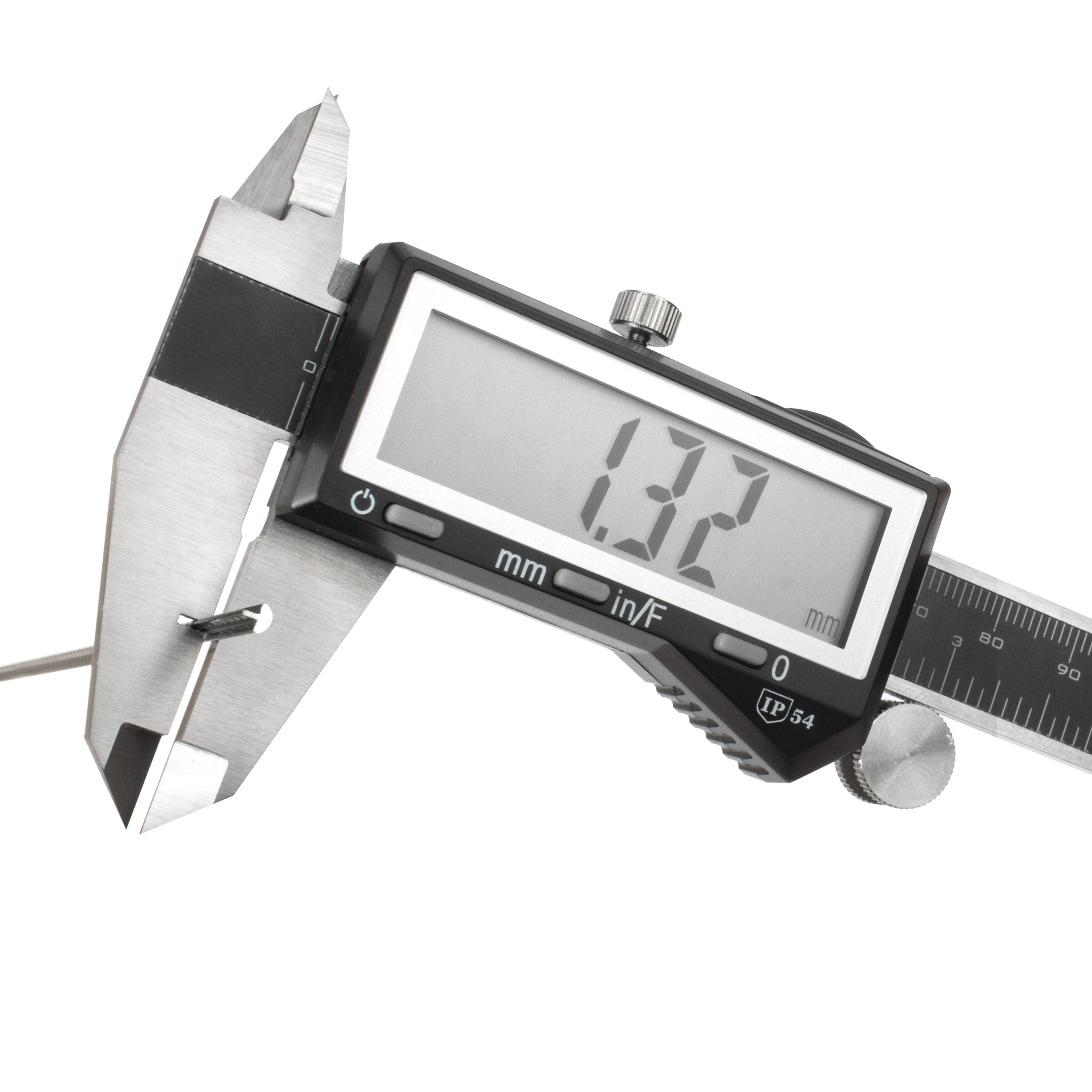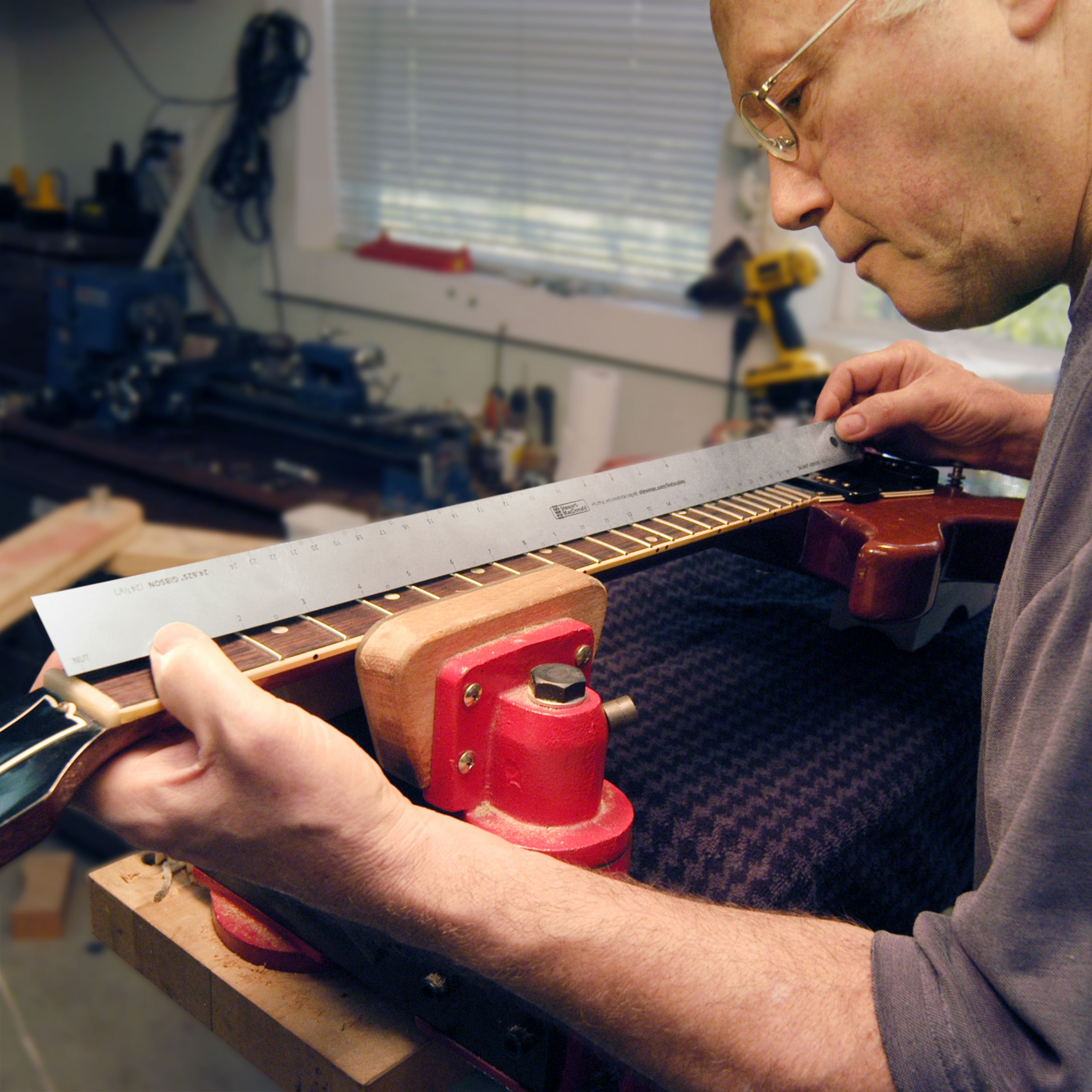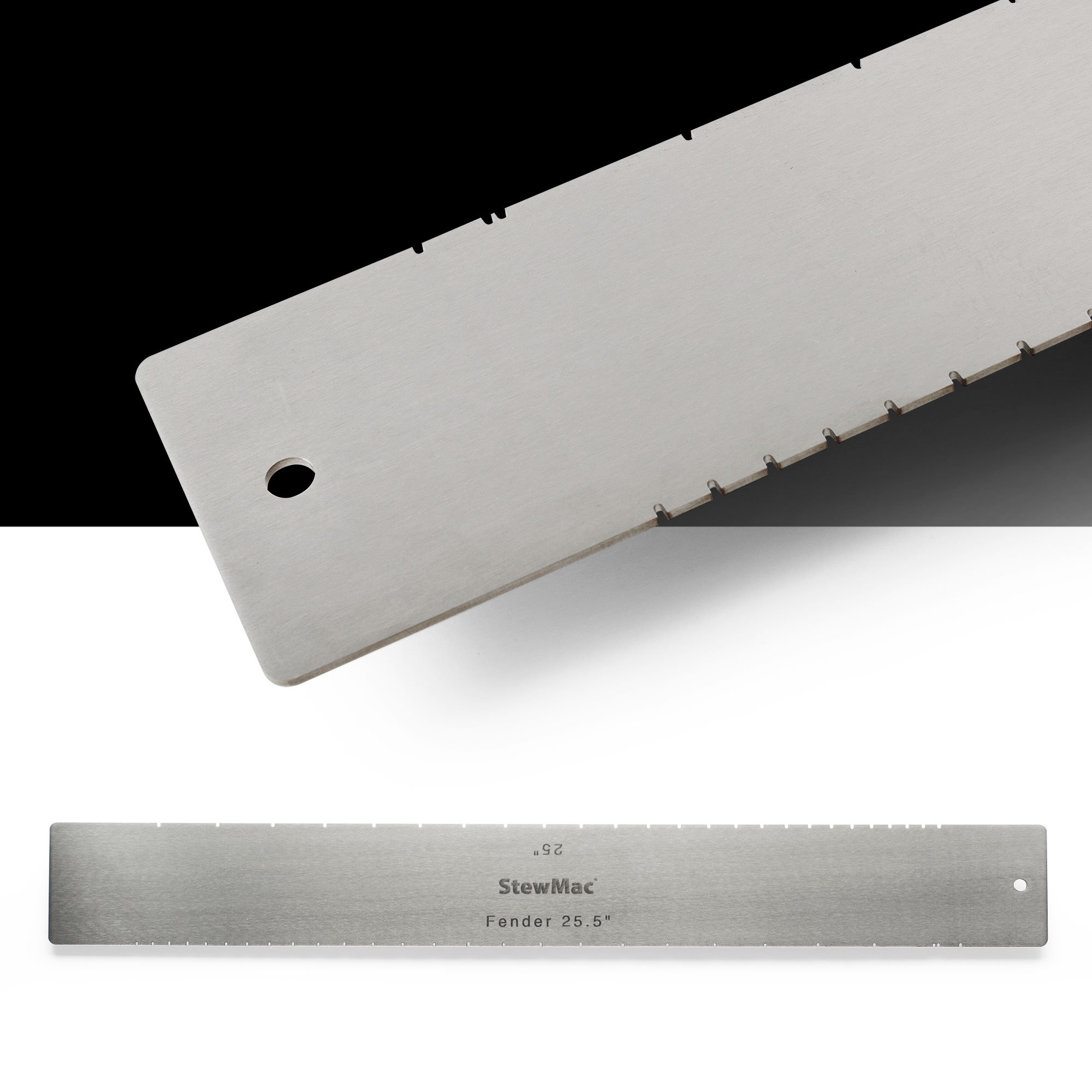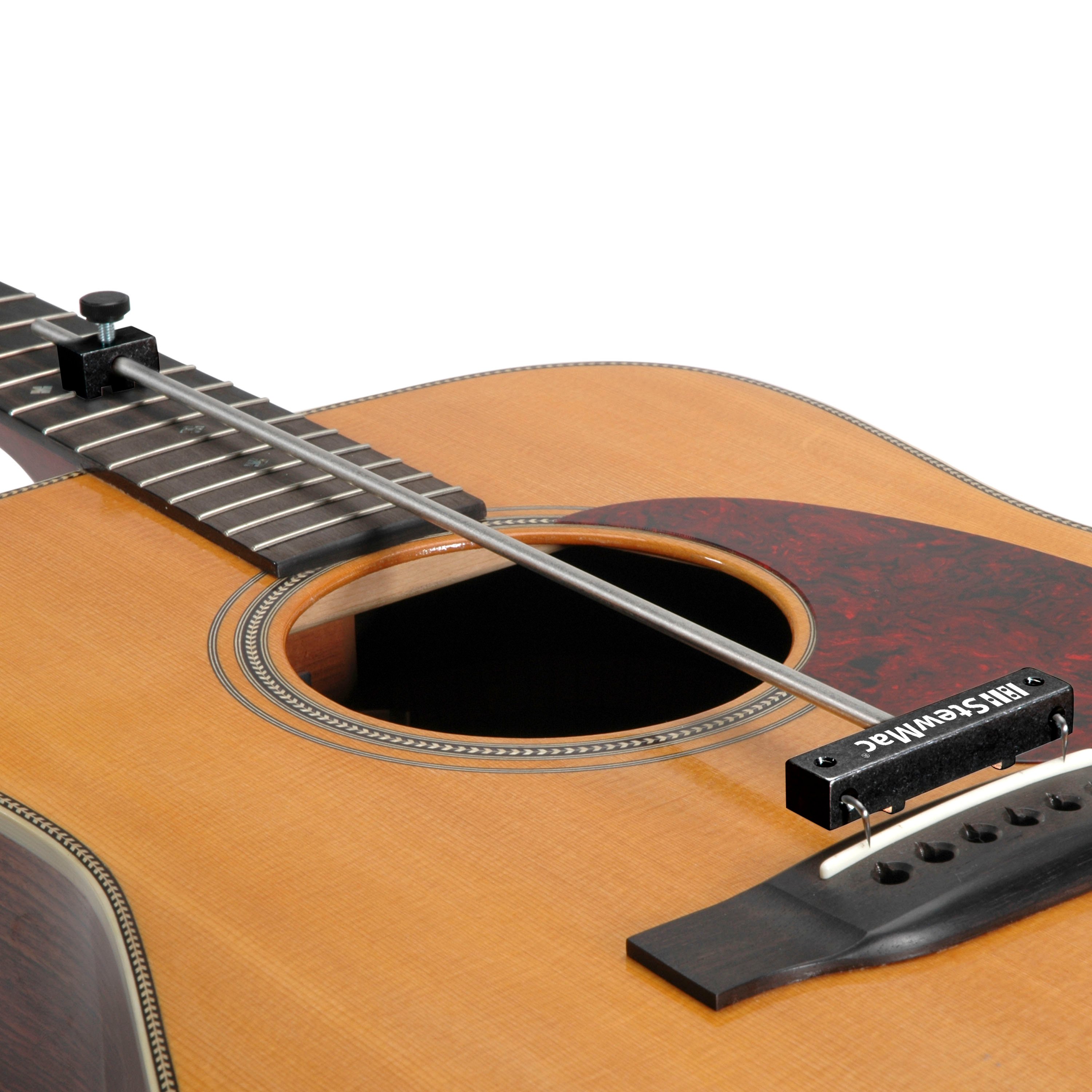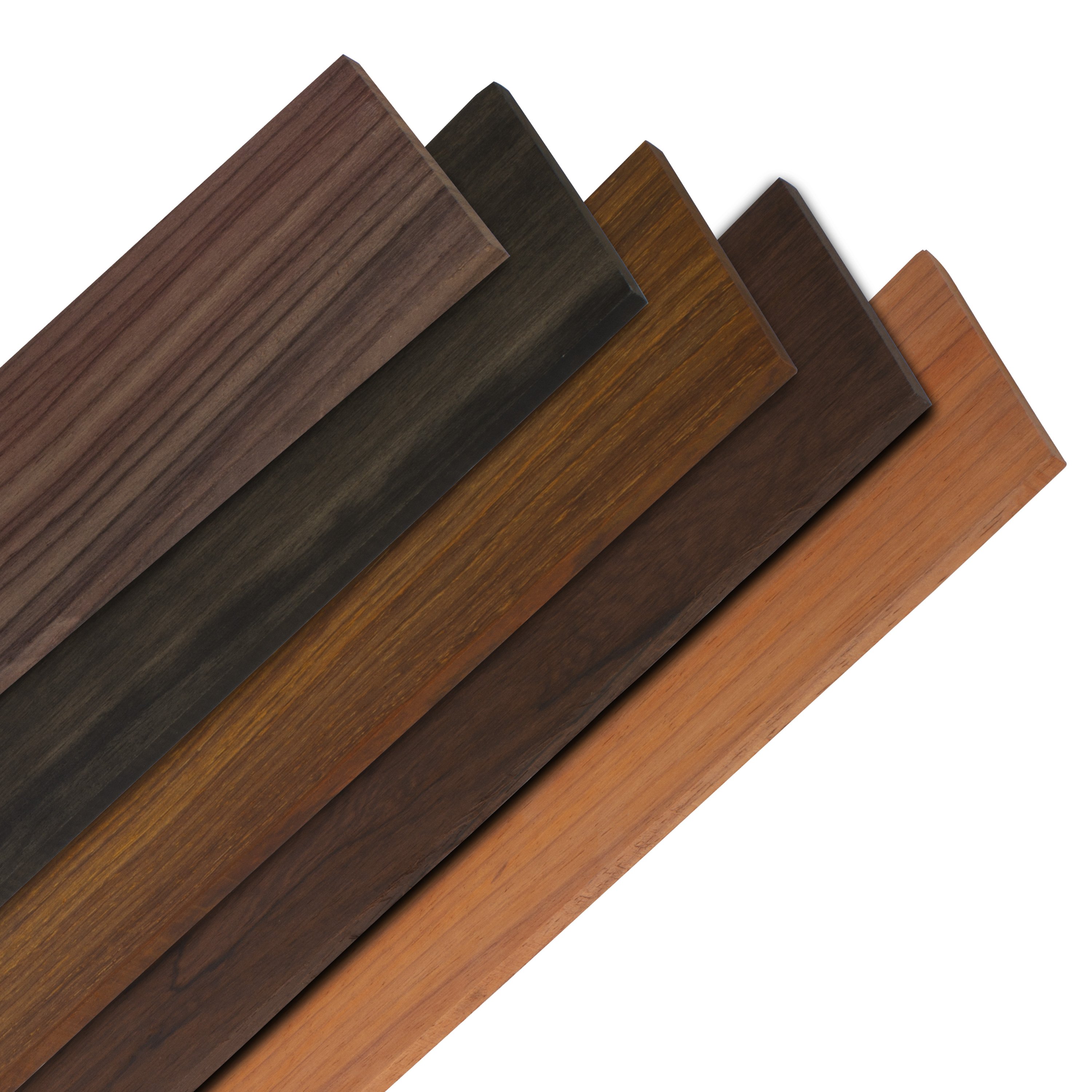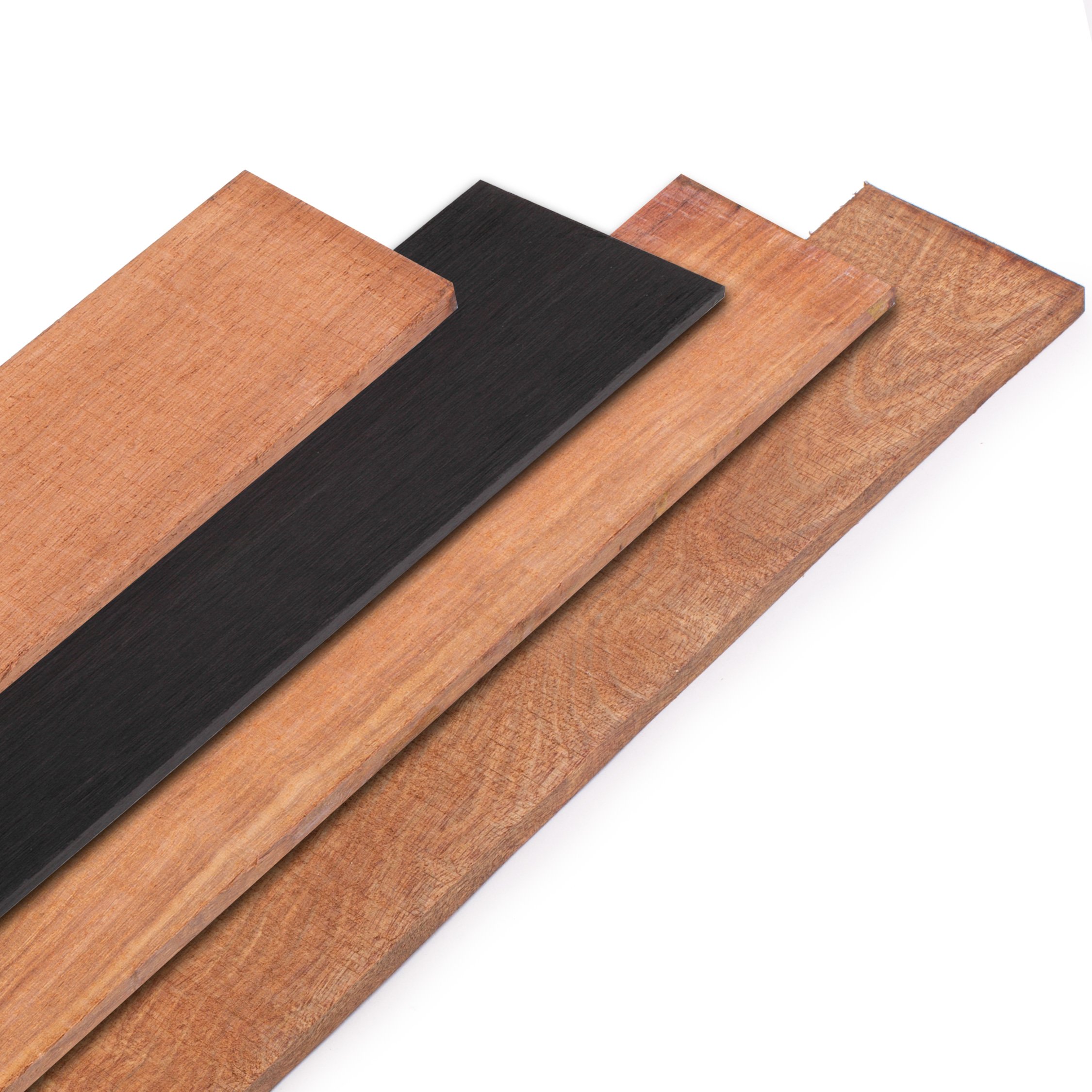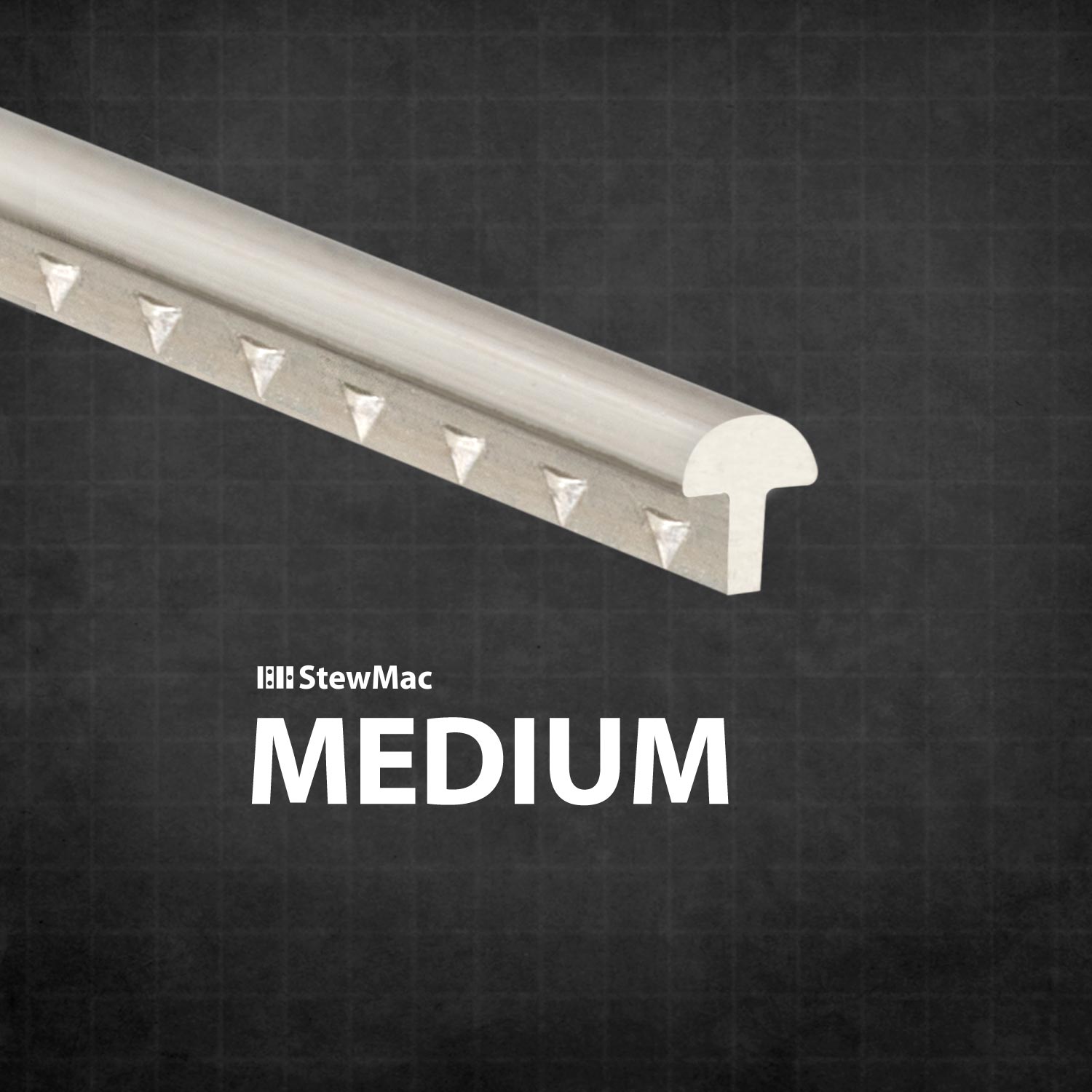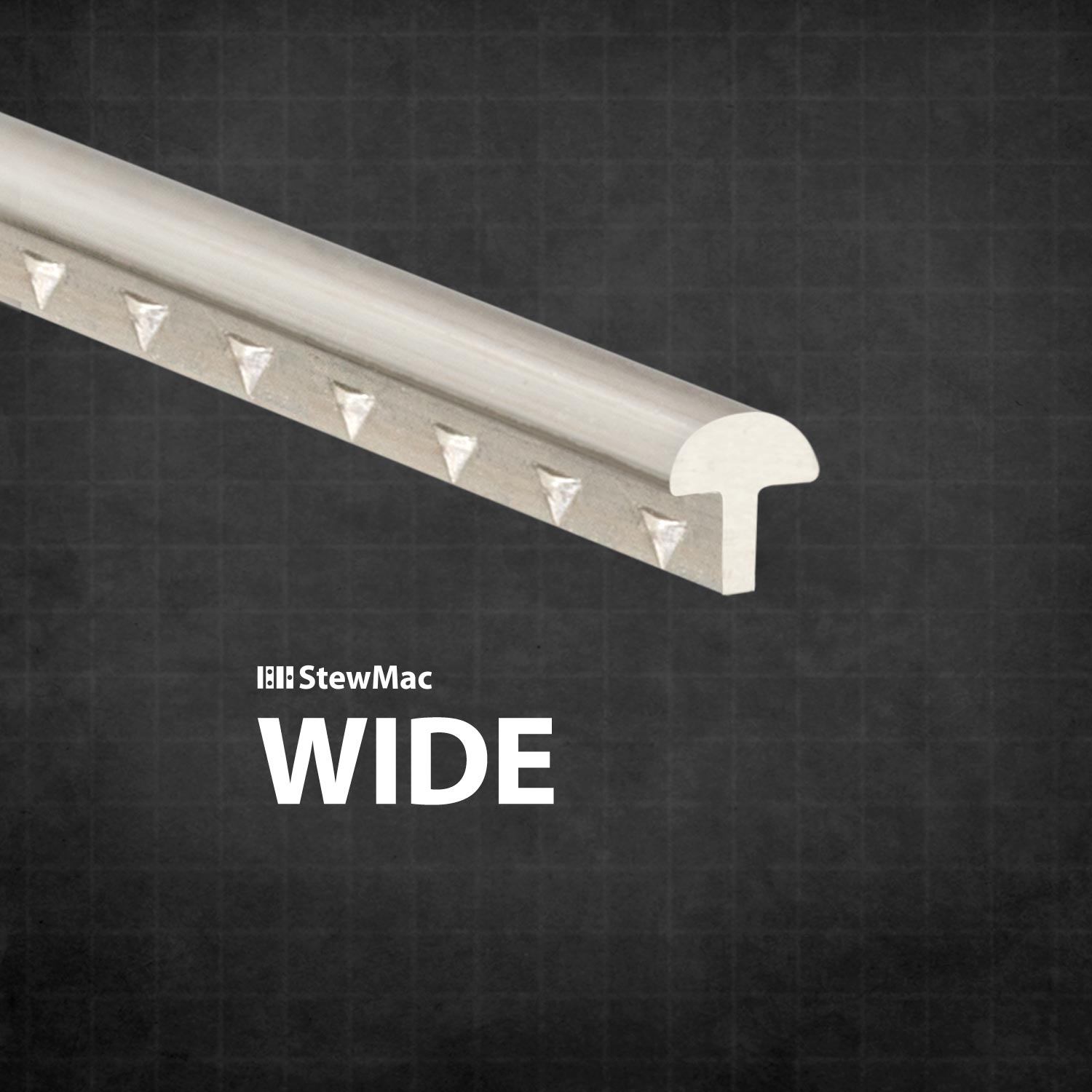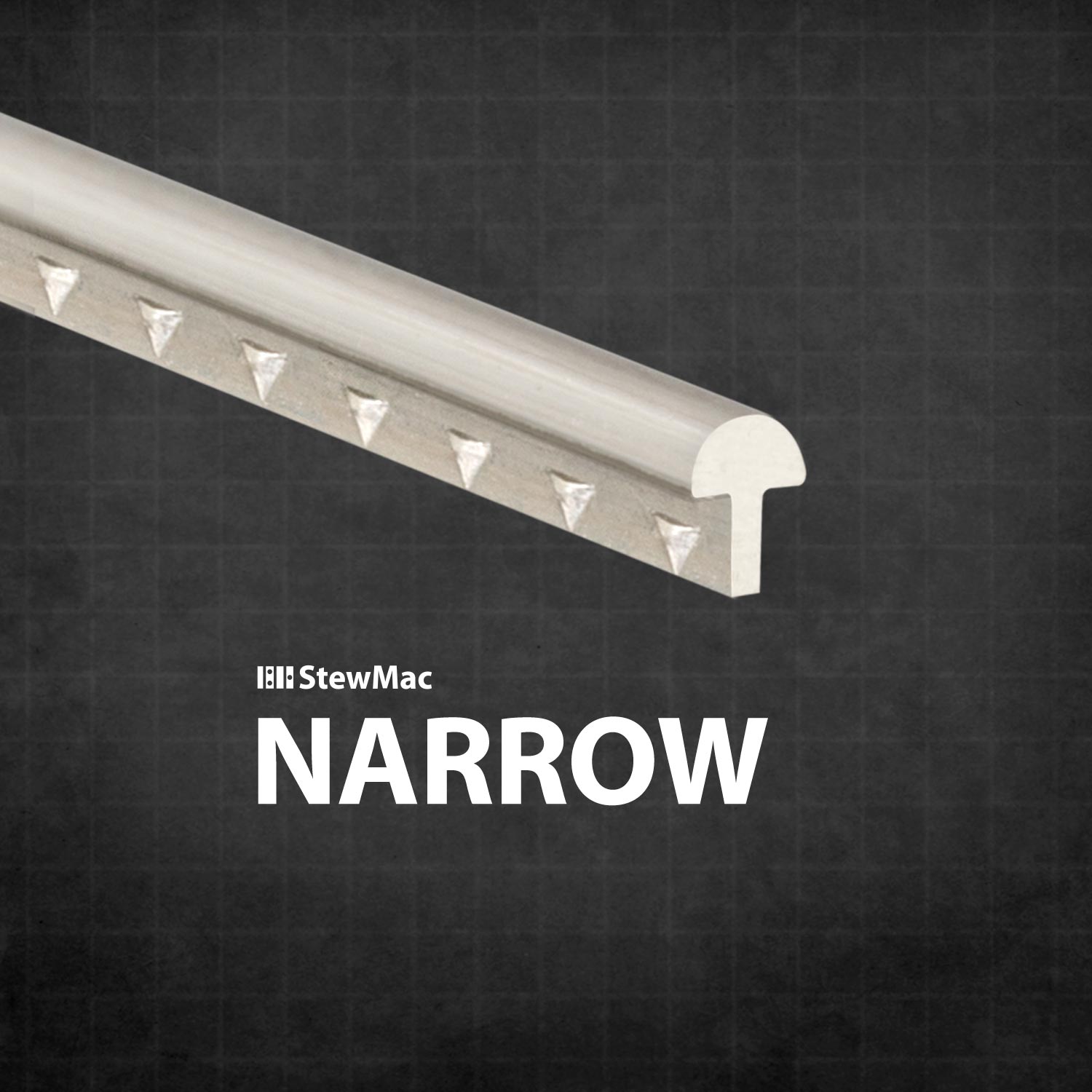Scale Length Explained
IN THIS ARTICLE
- What is scale length?
- How scale length affects tone and playability
- Common scale lengths
What is scale length?
When choosing a guitar, one of the most important yet often overlooked factors is scale length. Whether you're a seasoned player or just starting out, understanding how scale length affects your guitar's tone, feel, and overall playability will help you make an informed choice.
A guitar's scale length is calculated by measuring the distance from the front edge of the nut, where it butts against the end of the fingerboard, to the center of the 12th (octave) fret, then doubling that measurement.
In this guide, we’ll explain what scale length is, how to measure it, and how it affects your guitar’s sound and playability.

How does scale length affect tone?
Scale length has a significant impact on the tone of your guitar. The longer the scale length, the more tension is required on the strings. A shorter scale length, on the other hand, offers less tension.
Here’s how different scale lengths shape your sound:
- Longer Scale Lengths (25" – 26"):
- Bright, punchy tone with stronger low-end clarity.
- Perfect for genres that require clarity and defined articulation, like rock, blues, and funk.
- Shorter Scale Lengths (24" – 24-3/4"):
- Warmer, fuller tone with more sustain and a smoother feel.
- Ideal for genres like classic rock and heavy blues where smooth, thick tones are desired.
Fender Scale Length and Tone (Electric Guitars)
One of the most common scale lengths is the Fender 25-1/2" guitar scale. Found on Stratocasters®, Telecasters®, and the huge variety of instruments inspired by them.
The 25-1/2" produces a rich, strong, bell-like tone, and defined low-end, but the trade-off is a stiffer string feel that makes bends and vibrato a bit more demanding.
Gibson Scale Length and Tone (Electric Guitars)
The Gibson 24-3/4" scale is also very common, but it is also the most confusing of all scale lengths—this is because it rarely ever measures out to be 24-3/4 inches! This scale has gradually changed over the past fifty or so years due to changes in production equipment.

Being shorter than the Fender 25-1/2" scale, the Gibson 24-3/4" scale has a lower tension/easier to play feel, and a warmer tone.
PRS, Dobro, & National Scale Length and Tone
When luthier Paul Reed Smith was developing his now highly desirable electrics, he was looking to capture the harmonic richness of the Fender electric's tone as well as the fullness, warmth, and playability of the Gibson electric guitars. PRS opted for a scale length of 25".
The bass strings on a 25" scale are fuller sounding than some 24-3/4" instruments, which can sometimes sound muddy. The treble strings are not only easier to bend than on a 25-1/2" scale, but also have a warmer, and fuller tone.
Multi-Scale (Fanned-Fret) Instruments
Multi-scale—or “fanned-fret”—guitars and basses use two different scale lengths at once, with the bass side typically longer (e.g., 27"-26.5") and the treble side shorter (e.g., 25.5"-24.75"). Spreading the string lengths this way evens out tension across the fretboard: the lower strings stay tight and articulate for punchy lows, while the higher strings feel slinkier for effortless bends. Players also gain more accurate intonation up the neck and a natural, ergonomic fret angle that lines up with the hand’s motion. Brands like Novax, Strandberg, Ormsby, and Dingwall (for bass) have popularized the format, but custom builders are embracing it too. The payoff is balanced tone and playability—at the cost of a steeper learning curve for traditional chord shapes and higher manufacturing complexity.
How scale length affects playability
The playability of a guitar is another area where scale length plays a critical role.
Fret Spacing
- Longer scale lengths have wider fret spacing, giving you more real estate on the fingerboard—and relieving that cramped feeling for players with larger hands or those who like extra room for intricate fingerings.
- Shorter scale lengths have closer frets pacing, so players with smaller hands can reach wide, extended chord shapes without the uncomfortable stretches—making intricate finger-picking passages feel natural, too.
String Tension
- Longer scale lengths require more string tension to reach the same pitch. This can make the guitar feel more rigid, but also results in greater sustain.
- Shorter scale lengths offer lower string tension, making the guitar feel more forgiving and easier to bend notes, which is great for players who want a slinky playing experience.
Fret Buzz & Action
- Higher tension (longer scales): Because the strings are pulled tighter, you can generally run lower action before fret buzz becomes an issue—ideal for fast, low-action setups.
- Lower tension (shorter scales): The looser feel may invite buzz if the action is set too low; a slightly higher action or a lighter picking touch helps keep things clean and buzz-free.
How to measure scale length
Measuring your guitar’s scale length is simple:
- Place your guitar flat on a stable surface.
- Measure the distance from the nut to the center of the 12th fret.
- Double that measurement to find the scale length.
For example, if your measurement to the 12th fret is 12.5", then your guitar’s scale length is 25".
| Need help computing or laying out a fret scale? Our online Fret Calculator will do the math as well as help you locate your bridge correctly. |
Common scale lengths
|
|
|
Strat®, Stratocaster®, Tele®, Telecaster® are registered trademarks of Fender Musical Instruments Corporation. Les Paul® and Byrdland® are trademarks of Gibson Guitar Corporation.
Does scale length affect string gauge?
Absolutely—scale length and string gauge go hand in hand, but the relationship runs opposite to what many players first assume:
- Longer scale lengths already build in more string tension. To keep the feel from getting overly stiff, players often drop to lighter gauges—think .009–.042 (“9s”) or .010–.046 (“10s”). The reduced mass restores bendability and prevents an excessively rigid response.
- Shorter scale lengths create less tension at pitch. To keep the bass strings from feeling floppy (and to tighten up low-end tone), many players step up to heavier or light-top/heavy-bottom sets—for example .010–.052 or .011–.054. The added mass compensates for the lower tension, giving firmer feel, clearer attack, and better tuning stability.
- Hybrid solution: If you switch tunings (e.g., down-tuning a short-scale or drop-tuning a long-scale), choose gauge sets that balance both the scale length and the new pitch. A baritone-style .012–.060 set on a 24 ¾" guitar in C standard, for instance, restores normal tension and intonation.
Matching gauge to scale is about finding the tension sweet spot for your hands, tuning, and playing style—so don’t hesitate to experiment until the guitar feels and sounds exactly right.
Improve your playing with scale length
Understanding scale length is crucial for selecting a guitar that suits your style, sound preferences, and playing technique. Whether you prefer the bright clarity of a long scale or the smooth playability of a short scale, scale length plays a significant role in shaping the guitar's feel and tone. Experimenting with different scale lengths will give you a better understanding of how it can enhance your musical expression.
Ready to dive deeper into your guitar setup? Our Fret Calculator can help you easily compute and measure your guitar's scale length. Check it out and start fine-tuning your instrument today!

